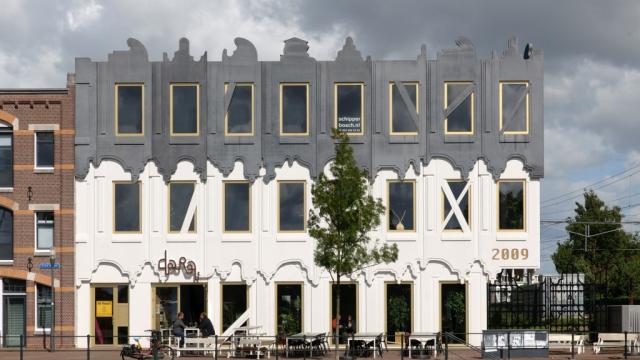Well, this is a bummer. FAT — the UK collective that’s built some of the most annoyingly brilliant buildings of the past two decades — is no more. Haven’t heard of FAT? Let us explain.
FAT — it stands for Fashion Architecture Taste — is Sean Griffiths, Charles Holland, and Sam Jacob, three British architects who created their own studio in the early 1990s. It was the middle of the last recession, and FAT was less a firm than a joke: “the idea of being a young architect in Britain at that time was completely ridiculous,” said Jacob in one interview. “There weren’t any.”
In a way, that joke gave them the freedom to pursue projects that ran against the popular grain at the time, like a home with completely segregated living areas for children and parents called the Anti-Oedipal House, or a guard station in the Hague that supports a tiny castle that released puffs of smoke and light over the course of a day.
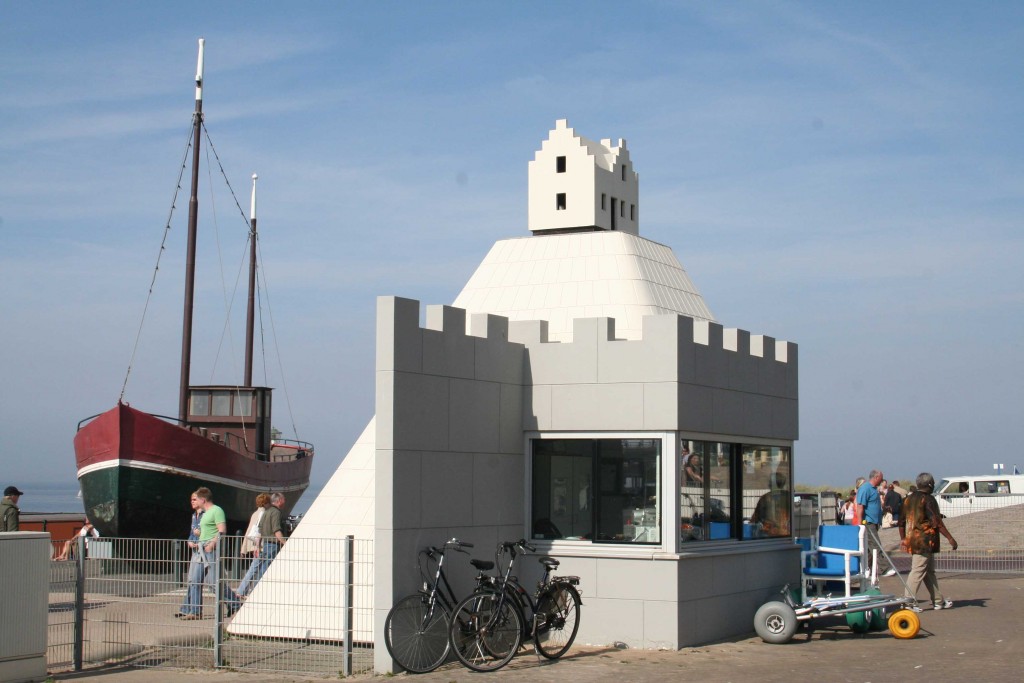
Then there was the Blue House, a wood-shuttered home whose facade reads like a child’s cartoon drawing. The skin of the building indicates what’s going on inside: Up top, a home office is indicated by a factory-like row of windows; the residential space down below has its own eaves and clouds.
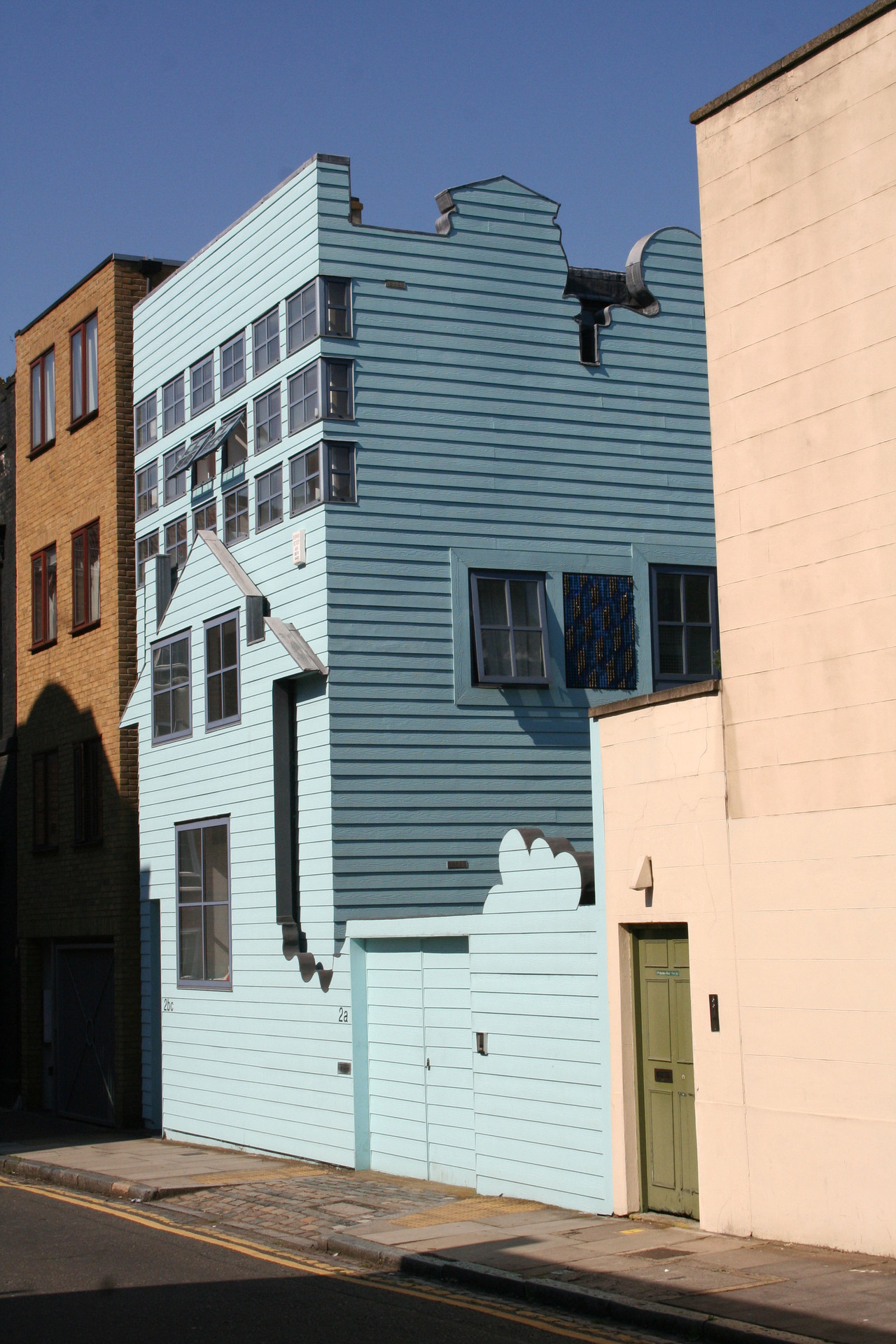
These beautiful little jokes became cult objects amongst students — myself included — and critics. They included smaller projects, too, like Soft Hercules, a chair made from a foam cast of the famous bust.
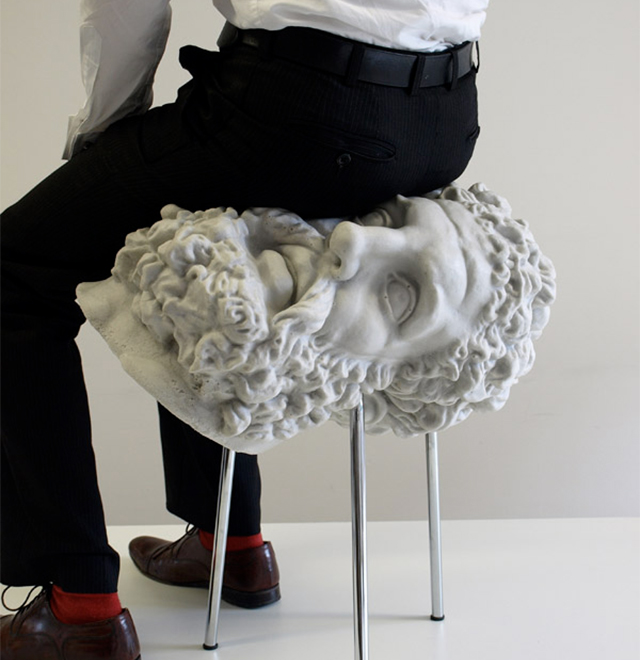
And installations, too. Last year, FAT poked fun at their contemporaries at the Venice Biennale with a tongue-in-cheek project called The Museum of Copying. The idea was simple: In design, there is no originality. If everything is a riff on something else, then there’s no such thing as architectural plagiarism.
To prove it, they recreated one of the world’s most-copied buildings, Palladio’s Villa Rotunda, in a hall of the Biennale, and filled it with a history of architectural copying.
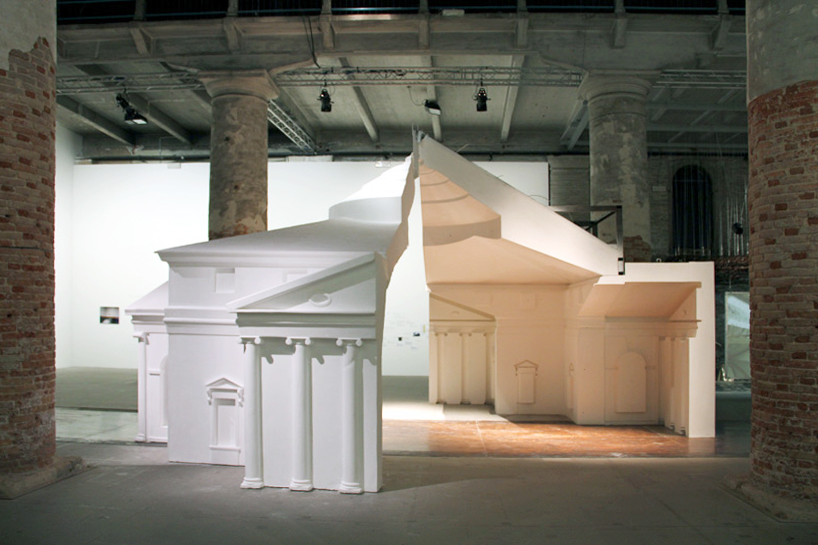
Plagiarism, for FAT, is a constant theme: Anachronistic periods, schools, “styles,” aesthetics, and polemics are all mashed together into multi-layered buildings like the facade of BBC Cardiff, that combined Baroque decorative flourishes with unicode symbols:
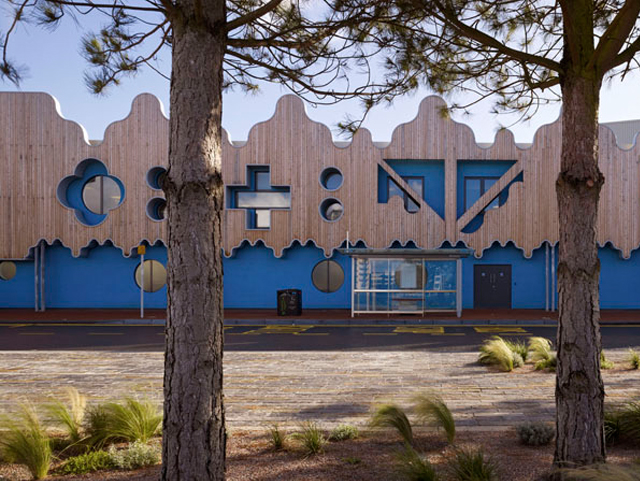
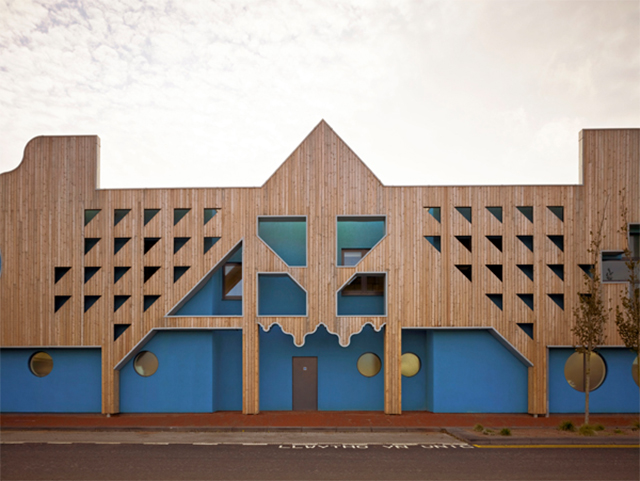
Or another recent project, 2008’s Heerlijkheid Hoogvliet, a civic center and park in Rotterdam:

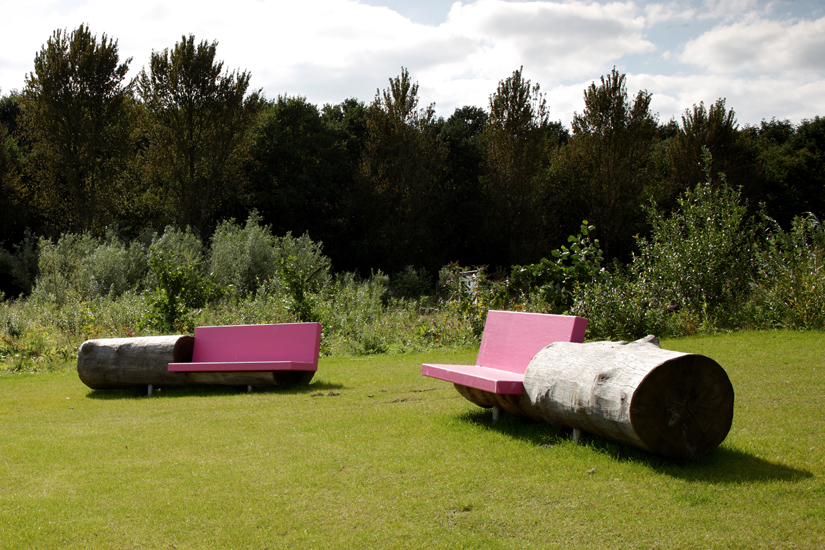
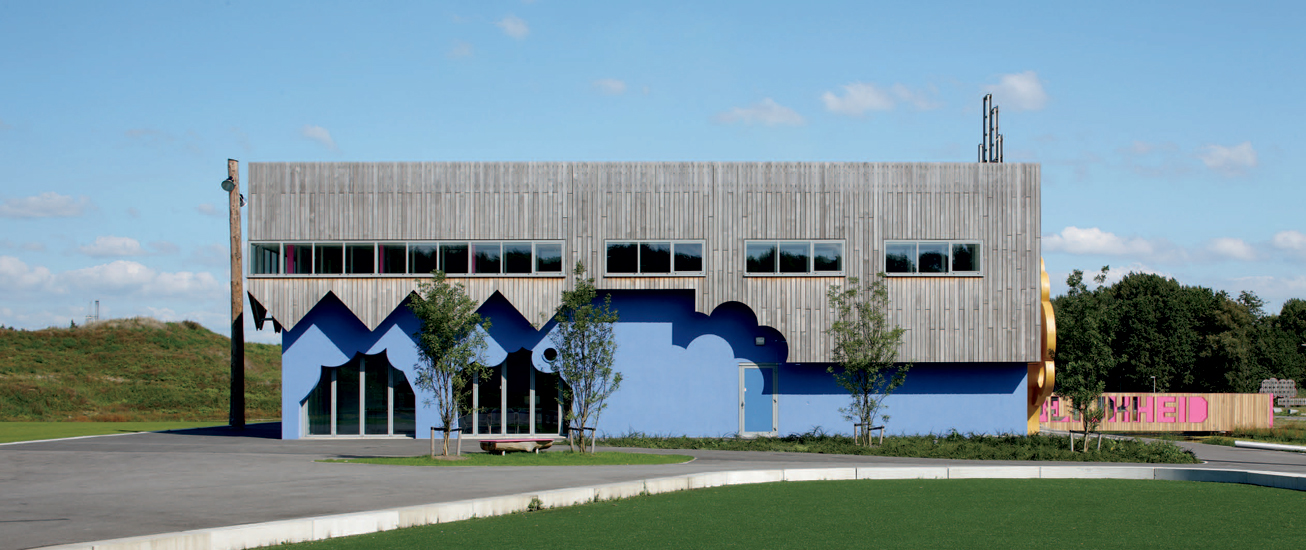
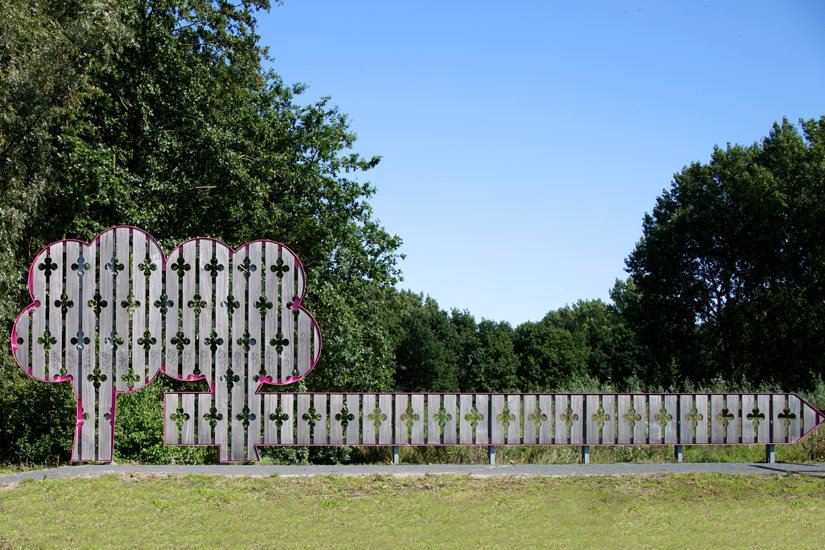
Or their collaboration with London bakery Peyton & Byrne, for whom FAT designed a shop. It’s “like being submerged in fondant,” said Holland at the time of the shop’s white subway tiles and pistachio grout.
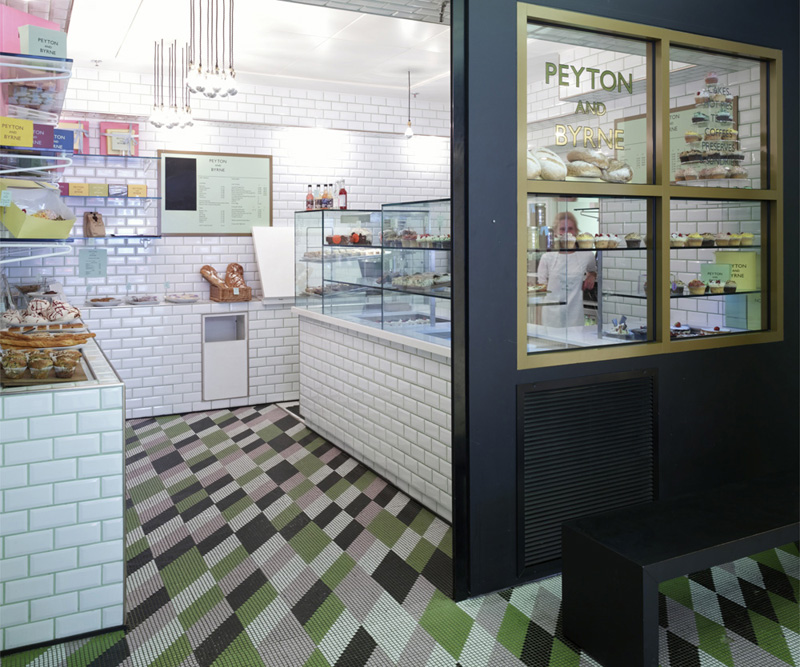
FAT’s largest project was finished in 2006, in Islington, where they built 23 single-family homes faced with brick decorated with super-graphic flourishes, like upside-down arches and clouds:

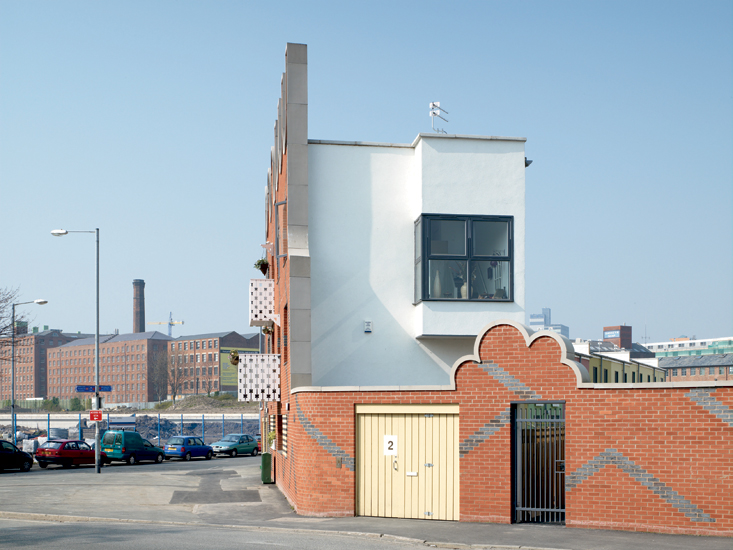
The firm’s two final works will be a project at the 2014 Venice Biennale and a whimsical home designed in collaboration with Grayson Perry in the English countryside:
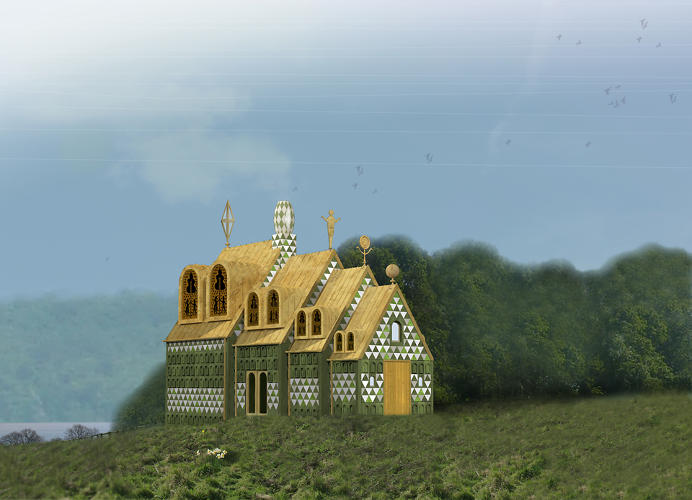
Because each project is contrary to a popular notion about what architecture should look like, FAT ended up annoying a whole lot of people — which was precisely the point. In fact, in their statement today, the group makes sure to thank the “outraged” commenters on The Guardian along with their collaborators and friends.
This month, the media world has been embroiled in a dialogue about truth-telling and snark. The debate, which is playing out from Gawker to The New Yorker and The New York Times, pits smarm — feel-good pseudo-journalism — against snark, a mode of criticism that seeks to expose truths.
I mention this debate because there’s a perfect parallel in the architecture world, where smarm is represented by shimmering, too-good-to-be-true renderings — designs that “tend to favour things which are risk free, innovation free, and quality free,” in the words of FAT’s Charles Holland. Meanwhile, snark is symbolized by architects like FAT, who expose glossed-over truths and reveal the messy reality of the profession.
The past two decades has seen the architecture world overrun by design smarm of all sorts: Buildings that are designed to be photographed, not used; “criticism” that placates designers building bad projects; the categorial obsession with becoming a “famous” architect. FAT was one of the few dissenting voices in the crowd — combining biting criticism with laugh-out-loud wit that reminded us all that architecture and photoshop are not synonymous.
Images via FAT and Phaidon.
